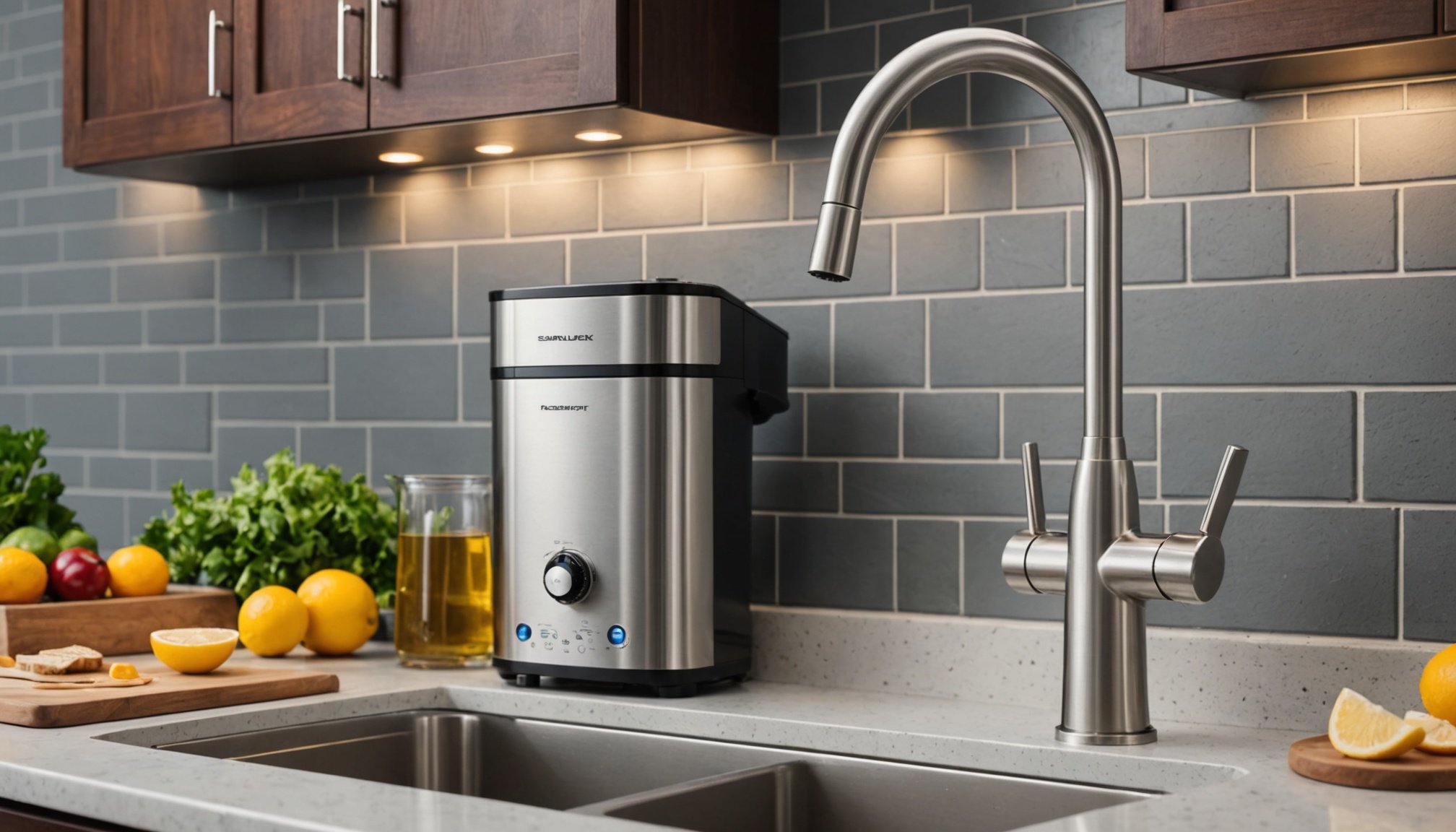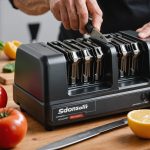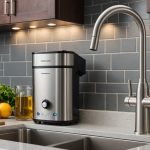Water is the essence of life, yet many overlook its purity. Installing a water filtration system not only enhances your kitchen wellness but also ensures your family’s health. This guide provides a step-by-step approach to seamlessly integrate this crucial home upgrade. Whether you're a DIY enthusiast or a first-timer, you’ll find practical tips and insights to transform your kitchen. Experience the benefits of clean, great-tasting water right from your tap!
Overview of Water Filtration Systems
Water filtration systems are essential for ensuring clean and safe drinking water in our homes. There are various types of water filters available, each with unique features and benefits.
Also to see : Essential Factors to Consider When Selecting Eco-Friendly Paints for Your Kitchen
One popular type is reverse osmosis, which uses a semi-permeable membrane to remove impurities. This system is highly effective in eliminating contaminants such as lead, chlorine, and nitrates. Another common option is activated carbon filters, which work by trapping impurities in carbon particles, effectively reducing chlorine taste and odour.
The benefits of water filtration extend beyond just improving taste. Filtered water can contribute to better health by removing harmful substances and reducing the risk of waterborne diseases. Moreover, it can enhance the flavour of food and beverages prepared with filtered water.
Additional reading : Embrace minimalism: designing a kitchen that reflects the art of simple living
When selecting a water filtration system, several factors should be considered. These include the specific contaminants present in your water supply, the system's maintenance requirements, and its installation complexity. Additionally, it's important to evaluate the cost-effectiveness of the system, ensuring it meets your household needs without exceeding your budget.
By understanding these aspects, you can make an informed decision and choose a water filtration system that best suits your kitchen and lifestyle.
Step-by-Step Installation Guide
Installing a water filter can be a straightforward task, especially if you opt for a DIY water filter installation. With the right guidance, you can ensure a seamless process and enjoy the benefits of clean water.
Preparation for Installation
Before you begin the installation process, it's crucial to prepare adequately. First, identify the type of water filter system you have and review its specific installation instructions. Ensure that your workspace is clean and free from obstructions to facilitate easy access to plumbing.
Tools and Materials Needed
Gather all necessary tools and materials for a smooth installation. Common items include:
- Adjustable wrench
- Screwdriver
- Teflon tape
- Drill (if needed for mounting)
- Bucket or towel for potential spills
Detailed Installation Steps
- Shut off the water supply: This prevents leaks and makes the process safer.
- Attach the filter to the water line: Follow the manufacturer's instructions for connecting the filter to your plumbing.
- Secure the filter: Use brackets or mounts as needed, ensuring a stable installation.
- Turn on the water supply: Check for leaks and ensure the filter is functioning correctly.
Safety is paramount. Avoid common mistakes like overtightening connections, which can lead to damage. With careful attention to detail, installing a water filter can be a rewarding DIY project.
Choosing the Right System for Your Needs
Selecting the ideal water filtration system begins with understanding your specific requirements. Conducting a water quality test is crucial to identify the contaminants present in your supply. This initial step helps in choosing a system that effectively addresses your water's unique challenges.
Once you've identified the contaminants, consider your household's water usage and personal needs. Do you require a system that filters water for the entire house, or just for drinking and cooking? Understanding these needs will guide you in choosing a water filtration system that aligns with your lifestyle.
When evaluating different systems, pay attention to certifications and standards. Look for filters certified by reputable organizations, such as NSF International, which ensures that the filter meets strict safety and performance criteria. These certifications provide assurance that the system will perform as advertised.
Personal needs also play a significant role in this selection process. For instance, if reducing chlorine taste is a priority, an activated carbon filter might be suitable. Conversely, for removing heavy metals, a reverse osmosis system could be more effective. By considering these factors, you can confidently choose a water filtration system that meets both your water quality requirements and personal preferences.
Maintenance and Troubleshooting
Proper maintenance of your water filtration system is essential to ensure its efficiency and longevity. Regular upkeep not only guarantees clean water but also prevents potential issues.
Regular Maintenance Tips
To maintain optimal performance, it's crucial to follow a routine maintenance schedule. Regularly replace filters as recommended by the manufacturer, typically every 6 to 12 months. Clean the system components to prevent the build-up of contaminants. This simple upkeep can significantly extend the lifespan of your water filter.
Identifying Common Problems
Occasionally, you might encounter common issues with your water filter. Low water pressure, unusual tastes, or leaks can indicate underlying problems. Low pressure often results from clogged filters, while strange tastes might suggest the need for filter replacement. Identifying these issues early can prevent further complications.
Solutions and Repairs
Addressing water filter problems can often be straightforward. Replace clogged filters to resolve low water pressure. If strange tastes persist, ensure the filter is correctly installed and not overdue for replacement. For leaks, check connections and tighten them if necessary. However, if problems persist despite troubleshooting, it may be time to seek professional help. An expert can diagnose and resolve complex issues, ensuring your system functions efficiently.
Visual Aids and FAQs
Visual aids, such as diagrams and instructional videos, play a crucial role in both the installation and maintenance of water filtration systems. They provide clear, step-by-step guidance, making complex procedures more accessible. For those tackling a DIY installation, these resources can significantly reduce the likelihood of errors and improve confidence in handling the task.
Water Filtration FAQs
A compilation of frequently asked questions can be invaluable for users seeking quick answers. Common queries might include: "How often should I replace the filter?" or "What should I do if my water tastes strange?" These FAQs provide concise, precise answers, addressing typical concerns and offering immediate solutions.
Troubleshooting Resources
In addition to FAQs, having access to troubleshooting resources is essential. These resources help users identify and resolve common issues, such as low water pressure or leaks. Detailed guides and checklists can assist in pinpointing problems, ensuring that users can maintain their systems efficiently.
For more comprehensive support, consider exploring additional resources such as user manuals or online forums. These platforms often offer insights and tips from other users, enhancing your understanding and ability to manage your water filtration system effectively.











